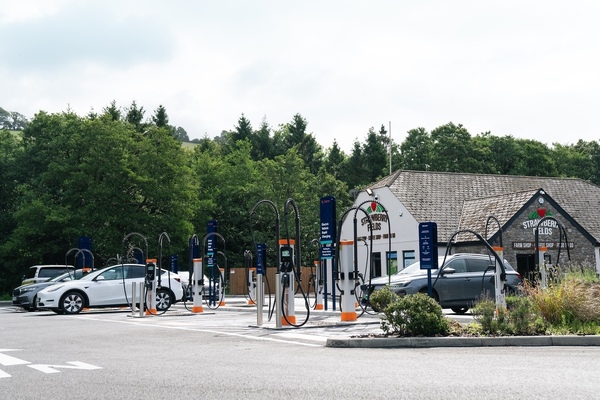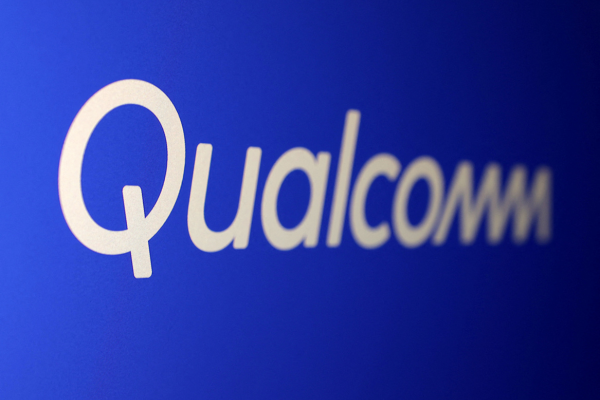A digitally enabled citizen experience
How the digital transformation of the Passport Office could be the pioneering step towards a digitally transformed civil service

Many people associate the public sector with inefficiency and wastefulness, a bloated monolith running on outdated technology and management systems, in stark contrast to the agility and cost-efficiency of the more technologically advanced private sector.
The stereotype might not hold true if the UK government’s 2024 Digital, Data and Technology (DDaT) Strategy is anything to go by, though. Employing the lingo of fiercely competitive businesses geared towards efficiencies and responsiveness rather than bureaucratic inertia, the latest iteration of the DDaT strategy (originally launched in 2016) sets out to reduce the cost and complexity of the Home Office’s technology estate. It also proposes making the department more data driven and better able to assess and meet users’ needs.
Two of the six principles sitting at the heart of the strategy target economies of scale by converging technologies, as well as creating shared technology products across departments. The document is more interested in products than projects, with service design to be informed by user needs and feedback.
Decisions, according to the strategy, must be data-driven to achieve good outcomes and projects are expected to embrace innovation and deliver at scale.
The current DDaT strategy is just one milestone in a more than a decade-long project: the formidable task of digitally transforming the UK’s civil service. And its history is closely intertwined with the private sector and its state-of-the art project management methodologies.
The Digital by Default strategy first appeared on the government agenda in a report called Directgov 2010 and Beyond: Revolution not Evolution, which was prepared by Martha Lane Fox, co-founder of lastminute.com. The 2010 strategy focused on the application of agile software development and lean software development methodologies, supplied primarily via SMEs rather than large suppliers.
One successful digital project that can, in hindsight, perhaps be seen as a pilot for bigger customer-centric and iterative civil service projects was the Home Office’s EU settlement scheme service, where EU and EEA nationals were required to demonstrate a period of residency in the UK to obtain settled and pre-settled status post-Brexit.
One of the most challenging components of the project was verifying an applicant’s identity remotely. Those who happened to apply for settled status and open an account with a neobank in those days would have see two fairly similar, digitally enabled onboarding processes – one from the public and another from the private sector.
Snatching victory from the jaws of defeat
The digital transformation of the Passport Office was highlighted by Chancellor Jeremy Hunt as a success story that stood in contrast to traditionally dysfunctional public sector services, but the eight-year project has been fraught with setbacks.
Its director, Abi Tierney, former Business Development Director at Serco Health, was appointed in February 2020, right before the breakout of the pandemic, and was heavily criticised for working from home in Leicestershire while the Passport Office was sitting on a backlog of 700,000 applications. Even as late as spring 2023, the project was still synonymous with failure, when a report from the Public Accounts Committee put the spotlight on how British travellers were let down by the Passport Office.
Against the adversities that outsourcing services involves, however, the digitalisation project demonstrated some good practice in the management of partnerships with contractors. When, for example, the bottleneck that stood in the way of meeting customer service KPIs has been identified – the contractor missed targets by that point four months in a row answering only 14 per cent of the calls in 30 seconds instead of the 80 per cent targeted – another company was brought in to improve service delivery.
The project also demonstrated the benefits of constructive long-term partnerships. Sopra Steria, a consulting, digital services and software development company, already had a successful 10-year partnership with the Passport Office when it was awarded a five-year contract to operate the scanning, validation and storage (SVS) services for HMPO in 2020.
Furthermore, the digital transformation of the Home Office has witnessed some impressive workforce upscaling as well. The Government Digital Service (GDS), set up in 2013 to spearhead digitalisation of the civil service, grew from a small outfit to having around 500 staff by 2015. Similarly, The EU Settlement Scheme service was launched with a team of three and developed into multiple delivery teams with over 200 people, as Simon Bourne, Home Office Chief Digital, Data & Technology Officer mentions in a blog post.
As the main focus of the digital transformation project is now gradually shifting from technology and processes to the human component, recruiting top technical talent for the Home Office has become top priority.
Zaizi, an open source software consultancy that has been partnering with the Home Office since its establishment in 2007, is now also assisting the government in recruiting highly talented and well-trained graduates from Sri Lanka, as well as in achieving its new ambition to “rival big tech companies” in the competition for talent as one of the largest employers of digital and data professionals in the UK.”
A template for other departments
The civil service’s ambition to outrival big tech companies as an employer of technology talent suggests that successful digital transformation projects won’t be unique to the HMPO in the long run. New departments in the Home Office, such as Visa and Immigration and the Border Force, are set to follow suit.
Tierney, meanwhile, didn’t rule out the possibility of her taking on the digital transformation of the NHS in a recent Radio 4 interview. She admitted that an NHS project was on a far grander scale than HMPO, but, as digital transformation gurus often suggest, a digital transformation must always start with small projects bringing quick wins before being replicated and upscaled.
The good news, however, is that the converged technologies and shared technology products of DDaT’s six principles, as well as the lessons learned there, have already paved some of the road leading to the digital transformation of other civil services or even the NHS.

Zita Goldman
Related Articles
Most Viewed
Winston House, 3rd Floor, Units 306-309, 2-4 Dollis Park, London, N3 1HF
23-29 Hendon Lane, London, N3 1RT
020 8349 4363
© 2025, Lyonsdown Limited. Business Reporter® is a registered trademark of Lyonsdown Ltd. VAT registration number: 830519543





